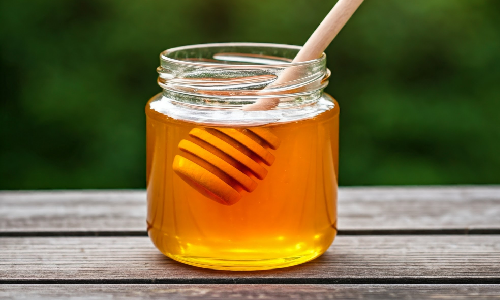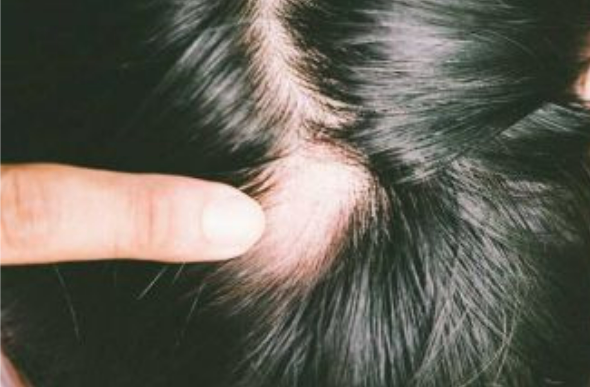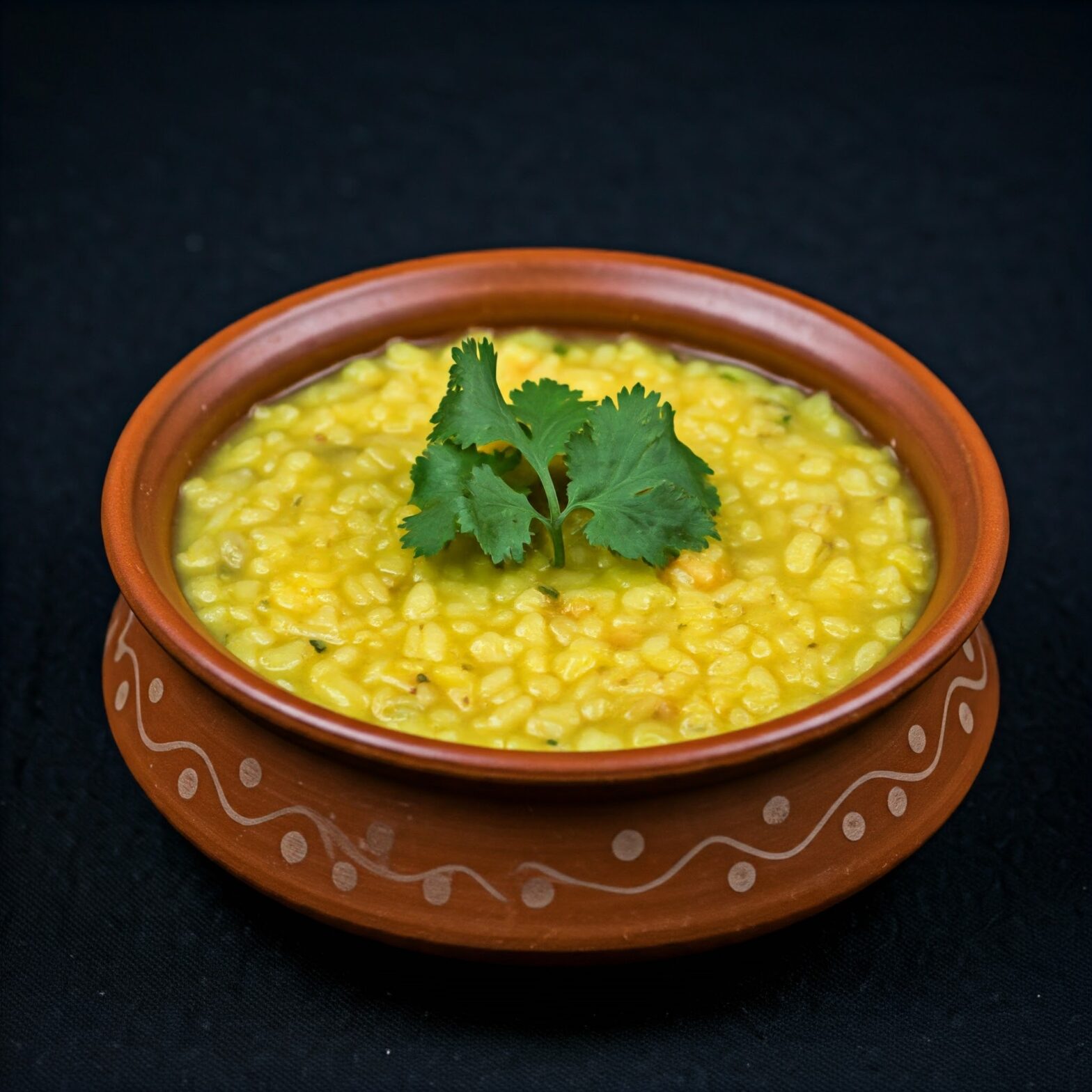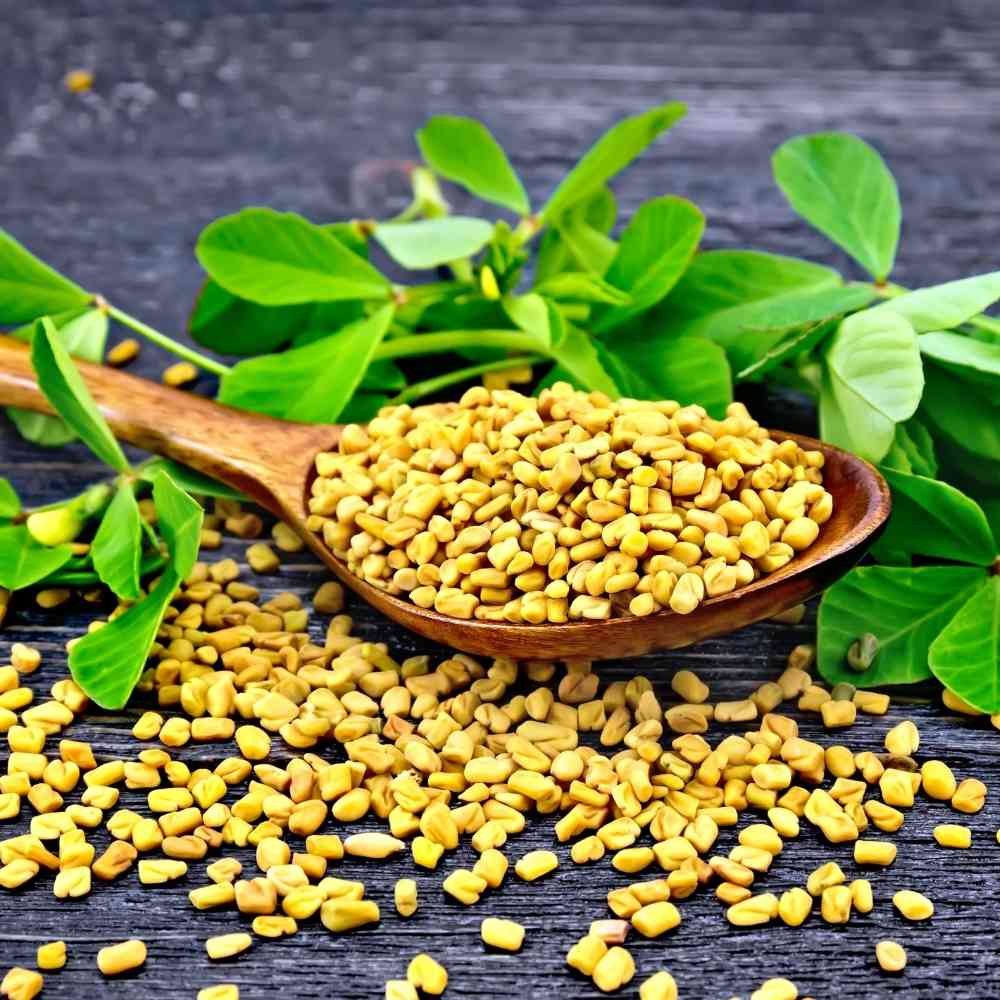When you think of honey, you probably imagine it drizzled over your breakfast or stirred into your hot tea. But did you know Ayurveda has some surprising views about it ? While honey is celebrated as a potent remedy, its improper use can turn it into a health hazard. In this blog, let’s explore honey through the Ayurvedic lens, unravel its benefits, and understand how to use it properly. Honey as per Ayurveda In Ayurveda, honey is known as Madhu. Acharya Sushruta describes its properties as follows: Sweet (Rasa) Slightly bitter (Anurasa) Cold and dry (Ruksha Guna) Ayurveda reveres it for its ability to balance Kapha Dosha and expel mucus, but also warns that it may aggravate Vata Dosha due to its cold and dry properties. Benefits According to Ayurveda Enhances digestion Weak digestion is a sign of aggravated Kapha Dosha. Having honey helps balance Kapha Dosha and thereby, improves digestion. However, its overconsumption can cause indigestion. Boosts immunity Rich in antioxidants, fortifies the immune system and aids in detoxification. It supports respiratory health and alleviates symptoms of cough, asthma and other respiratory disorders. Heals wounds Thanks to its antibacterial properties, honey is effective for wound healing. It prevents infections and speeds up recovery. Supports reproductive health It nourishes Shukra Dhatu (reproductive tissue), improving fertility and vitality. Promotes skin health Honey is ‘Varniya’ as mentioned in Ayurvedic texts, which means it is good for improving the skin complexion. Its natural moisturising and antibacterial properties make it a key ingredient in Ayurvedic skincare. It enhances complexion and fights acne. Good for throat It soothes sore throat and helps with cough, irritation, phlegm and tonsils. Honey can be mixed with other herbs for a sore throat remedy. Good for the heart It improves the blood circulatory system and also purifies the blood. For this reason, people consider it as a nectar for heart health. When Honey Becomes Harmful ? Despite its benefits, improper use can lead to serious health concerns: Heated honey is poison Ayurveda warns against consuming honey in any heated form. Whether mixed with warm water, tea, or milk, heated one creates Ama—a toxic substance that clogs the system and leads to various diseases. According to Acharya Charaka, this is called Samskara Viruddha, where processing (heating) changes its properties, harmful. Not for hot seasons or excess body heat It is not suitable for people with excess body heat or during hot weather. Should not be consumed in excess Ayurveda says you should use it in moderation to reap its maximum benefits. Consuming more than the desired quantity is equal to consuming poison. How to Use Honey Safely Opt for raw, natural honey They heat those available in supermarkets to extreme temperatures and package them. Always choose raw, unprocessed one sourced directly from beekeepers. Use at room temperature Use it at the room temperature. Heating it can do more harm than good. Consume in small quantities Ayurveda advises consuming no more than half to one teaspoon twice a day. Overuse can turn it into poison, just like excess medicine can harm rather than heal. Fun Fact: Honey and Modern Misconceptions Did you know that this is a medicine advised for Diabetes in Ayurveda? Still, it is labelled as unsuitable for diabetics by some brands. That’s because many commercial brands are just sugar syrups masquerading as honey! Real one, when used wisely, can actually help manage diabetes. Honey in Ayurvedic Detox People use heated or warm honey only in detoxification treatments like Vamana (therapeutic emesis) and Vasti (medicated enema). In these procedures, warmed honey is expelled from the body through mouth and anus, quickly before it gets into the process of digestion. But internally, Ayurveda warns against its use in any heated form – directly or mixed with warm milk, warm water, warm lemon water, or tea, etc. Ayurveda explains that warm honey is a slow poison that causes “Ama” or toxicity in the body and its properties turn to that of a poison once inside the body. Ama is a condition where the mucous and toxicity of the body increases leading to many diseases. So, the next time you reach for that jar of honey, remember these Ayurvedic insights. What’s your favourite way to use honey? Tell us in the comments. If you are struggling with any health issues, you can either book a consultation with us or send us a message via WhatsApp to +91 79074 89839. We have the best Ayurvedic doctors in Trivandrum who are always glad to help you. If you have any queries, contact us. You can also visit us at our hospital.
Honey ‘s Role in Ayurveda









